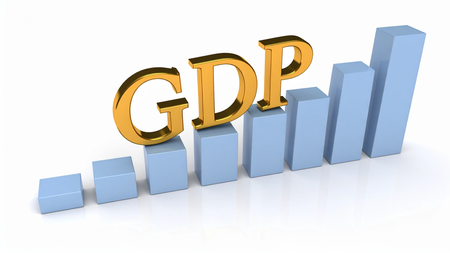New Delhi, 11 July (IANS). According to a report released by Bank of Baroda (BOB) on Friday, India’s economic growth remains on track amid global uncertainties. The high frequency indicator of both services and manufacturing has improved and has recorded a rise in consumption in the first quarter of FY 2026 as compared to the fourth quarter of FY 2025.
The BOB report states that the high frequency data so far available for the first quarter shows that consumption demand is improving compared to the previous quarter. This is visible due to an increase in steel consumption, increase in electronic imports and an increase in revenue expenditure of the central government.
The service indicator is also seeing a boom in activity, as can be seen in terms of services PMI, vehicle registration, diesel consumption, revenue collection of states and e-way bill generation.
The report stated that however, some tension can be seen in the sale of two -wheelers and softening in consumer durables and FMCG production. Domestic inflation remains favorable, indicating a soft monetary policy that will promote growth.
The report also reported that the monsoon activity is 15 percent higher than the long -term average as of July 9, which is expected to promote the agricultural sector.
The report said that the financial position of the central government is strong and the fiscal deficit ratio has come down from 4.6 percent of April 2025 to 4.5 percent by May 2025.
The report is also positive about the future of the rupee. It said that after a decline of 1.3 percent in May, there was a slight decline of 0.2 percent in June. Domestic currency was traded within a limited range in the last 15 days of the month due to reduced geopolitical tension and weakening of the dollar.
The report said, “In July, the rupee is trading firmly despite the concerns about the US tariff policies. We hope that the trend will continue. Investors are expected to successfully complete the Indo-US trade agreement before the August 1 deadline, which will support the rupee.”
The report further states that on the global front, the fears of tariff are affecting the dynamics of development-liberation. Inflation concerns have increased again with the possibility of new object-specific and country-specific tariff rates.
Recently, it has also been exposed as a barrier in the path of relaxation in monetary policy in Fed minutes. Depending on the underlying vague global background, there is a possibility of some extent to see somewhat instability in the domestic markets.
-IANS
SKT/
